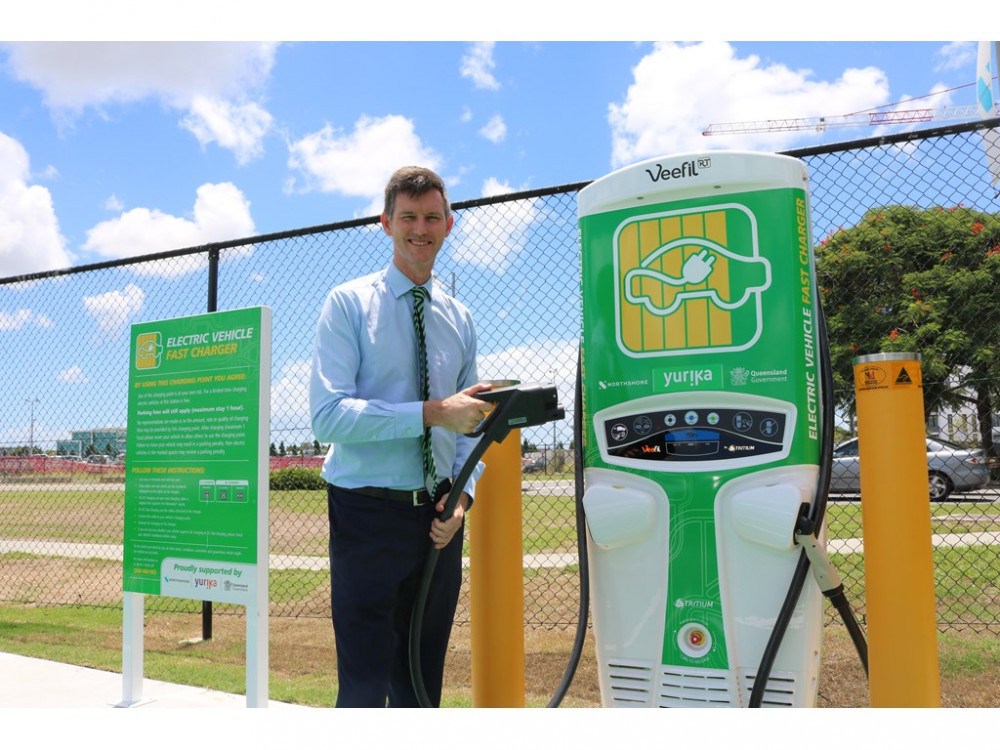
THE Palaszczuk Government announced last week that it would deliver a $2.75 million commitment to install 18 new vehicle charging stations across the state.
The extension will allow motorists to explore Outback Queensland entirely emissions-free, driving tourism and economic recovery in the North-West.
The recent Queensland Electric Super Highway (QESH) announcement is the third phase of the project, building upon the 31 fast-charging locations delivered under Phases 1 and 2.
The third phase rollout will start soon and is expected to take 12 to18 months to complete, with sites progressively coming online.
Transport and Main Roads Minister Mark Bailey said the phase-three rollout would nearly double the length of the existing QESH network.
“Growing Queensland’s Electric Super Highway by delivering another 18 charging sites means we are ready for the EV future,” Mr Bailey said.
“We’’ll see the length double from just under 2000 kilometres to almost 3800 kilometres and once completed.”
A Transport and Main Roads spokesperson said the cost of powering individual charging stations is commercial-in-confidence.
“All QESH charging stations are powered by green energy either through direct green energy credits or offsets,” said the spokesperson.
“As at June 2021, it costs $0.20 per kilowatt-hour to recharge an electric vehicle at a QESH location.
“This equates to about $12 for a 300km driving range, comparing favourably to current refuelling costs for petrol or diesel vehicles.”
Currently, the QESH connects Coolangatta to Port Douglas and Brisbane to Toowoomba.
The new QESH charging stations will be located at Charters Towers, Hughenden, Julia Creek, Cloncurry, Mount Isa, Goondiwindi, Stanthorpe, Winton, Longreach, Barcaldine, Blackall, Emerald, Dingo, Charleville, Roma, Miles, Kingaroy, and Esk.





